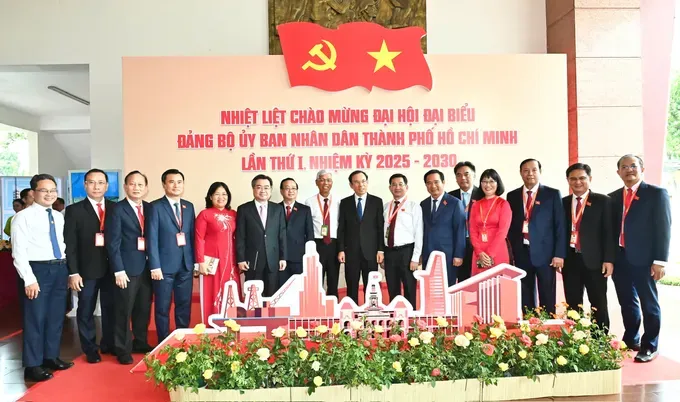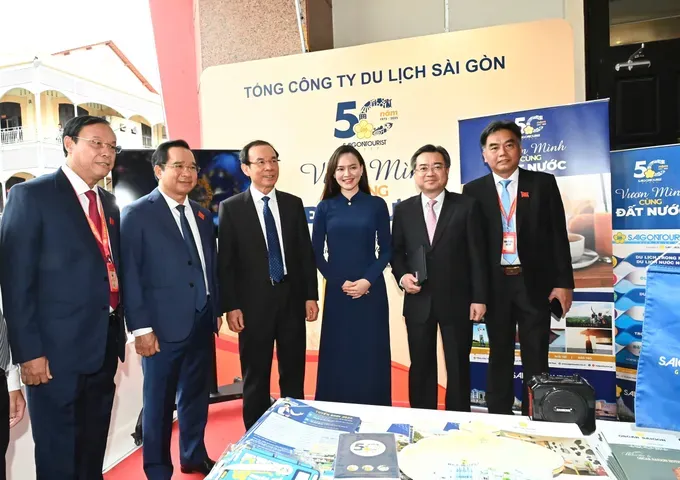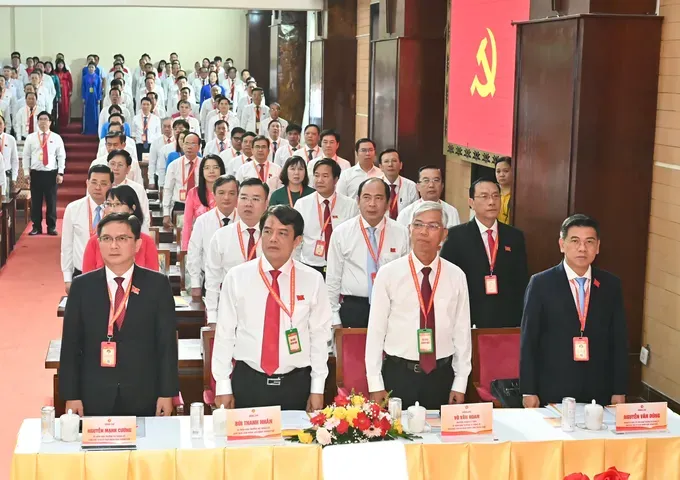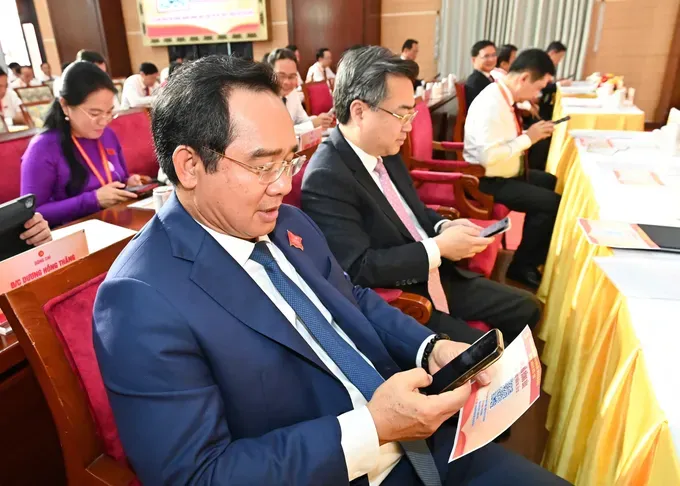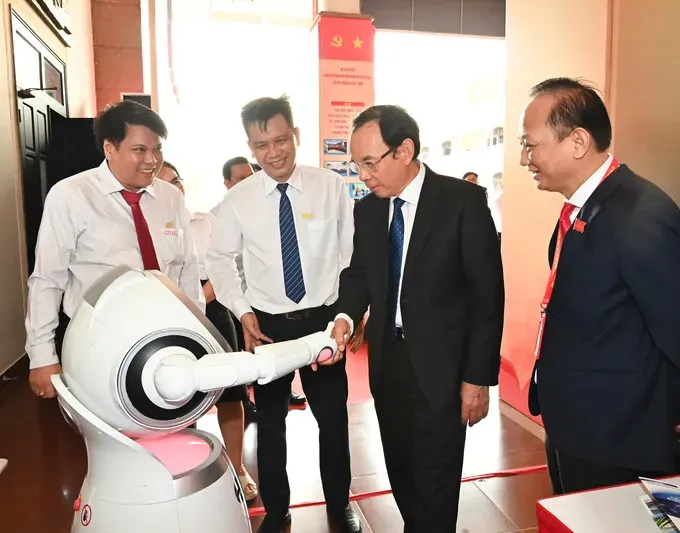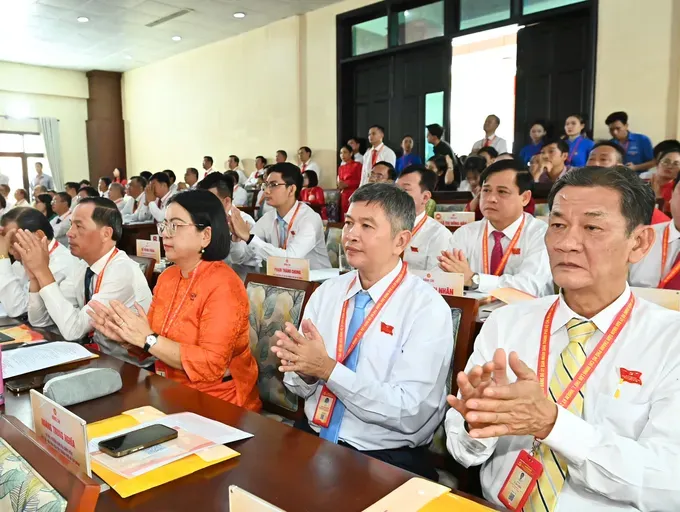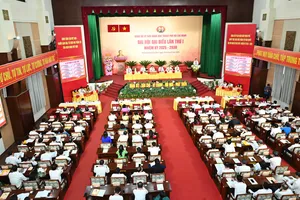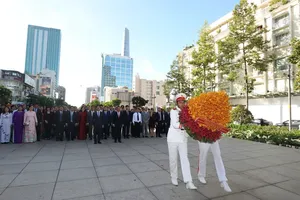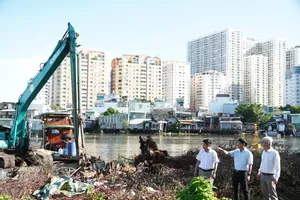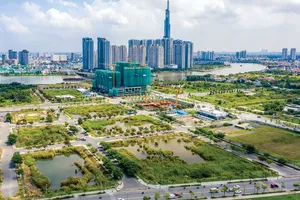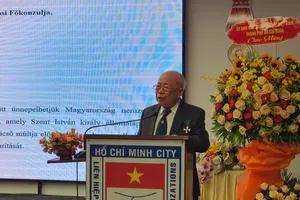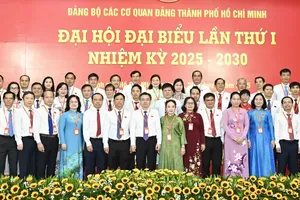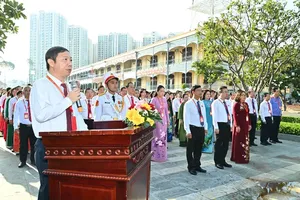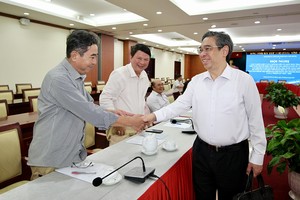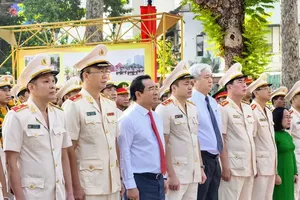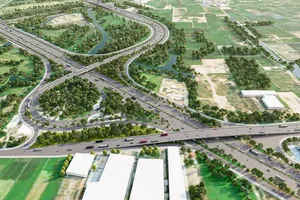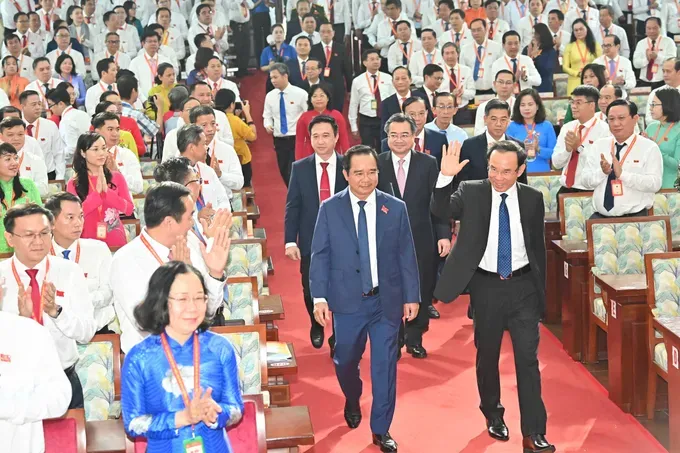
Politburo member and Secretary of the Ho Chi Minh City Party Committee Nguyen Van Nen attended the event, along with Mr. Nguyen Thanh Nghi, Member of the Party Central Committee and Permanent Deputy Secretary of the Ho Chi Minh City Party Committee; Mr. Nguyen Van Duoc, Member of the Party Central Committee, Deputy Secretary of the Ho Chi Minh City Party Committee, Chairman of the municipal People’s Committee; Mr. Dang Minh Thong, Deputy Secretary of the HCMC Party Committee; members of the HCMC Party Standing Committee and the Standing Committee of the HCMC People’s Committee Party Committee.
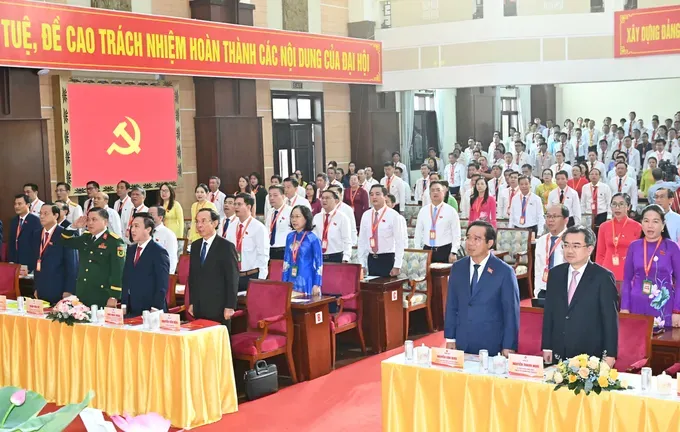
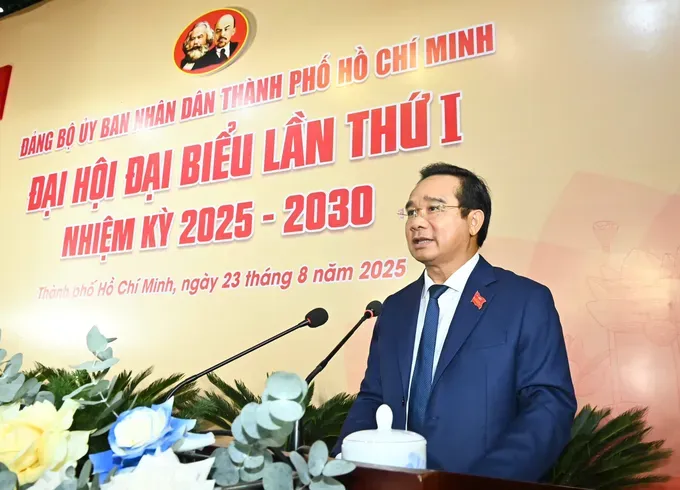
In his opening remarks, Chairman of the municipal People’s Committee Nguyen Van Duoc informed that the Party Committee of the Ho Chi Minh City People’s Committee was officially established on February 3, 2025, and merged with the former Party Committees of Ba Ria–Vung Tau and Binh Duong provinces on July 1, 2025.
Since its establishment, the Party Committee of the HCMC People's Committee has promoted unity and cohesion, upheld the Party’s principles of discipline and order, encouraged democratic practices, and fostered a culture of leading by example.
It has emphasized initiative, bold decision-making, accountability, and innovation, demonstrating a proactive and determined approach to overcoming challenges and achieving breakthroughs in the city’s development.
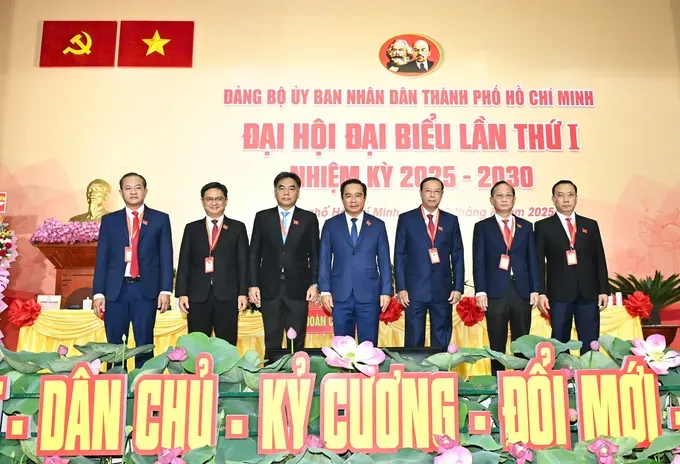
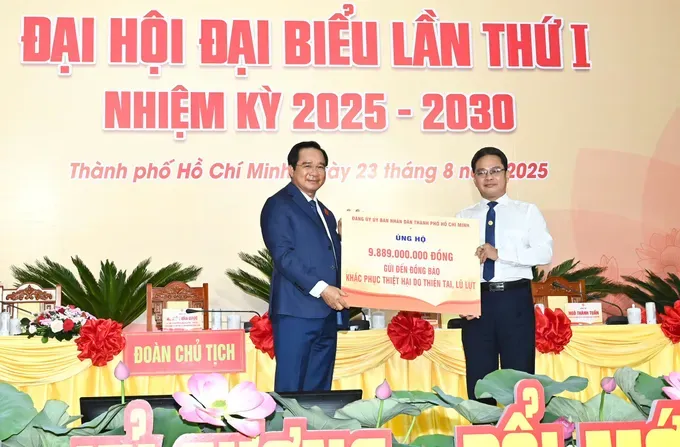
According to him, in the 2025–2030 term and following years, the Party Committee of the Ho Chi Minh City People’s Committee faces a combination of opportunities, advantages and challenges. Following the administrative reorganization, the merger of the three localities has created a unique administrative-economic entity, complementing each other and enabling a comprehensive restructuring of the city’s development space.
By 2030, the city is set to become a modern, civilized urban center leading Vietnam’s industrialization and modernization efforts, with a strong regional presence in Southeast Asia.
Ho Chi Minh City also aspires to be among the world’s top 100 most livable cities and to have a globally competitive ecosystem for innovation and creativity.
Looking toward 2045, Ho Chi Minh City aims to rank among the world’s top 100 cities, becoming a leading economic, financial, and tourism hub in Asia, a globally attractive destination, and a city with distinctive, sustainable economic, cultural, and social development and a high quality of life, fully integrated into the international community.
To achieve these goals, HCMC Chairman Nguyen Van Duoc urged delegates to focus their expertise, maintain unity and consensus, uphold a strong sense of responsibility, and adhere to the principles of democratic centralism in contributing to the congress’s key decisions.
Delegates need to thoroughly review the draft documents, study all relevant materials, actively participate in discussions, and offer frank contributions on the congress’s core and priority issues.
At the congress, Mr. Nguyen Van Tho, Standing Vice Chairman of the HCMC People’s Committee presented the orientations, goals, key tasks and solutions, a system of performance indicators, breakthrough programs and major projects for the 2025–2030 term.
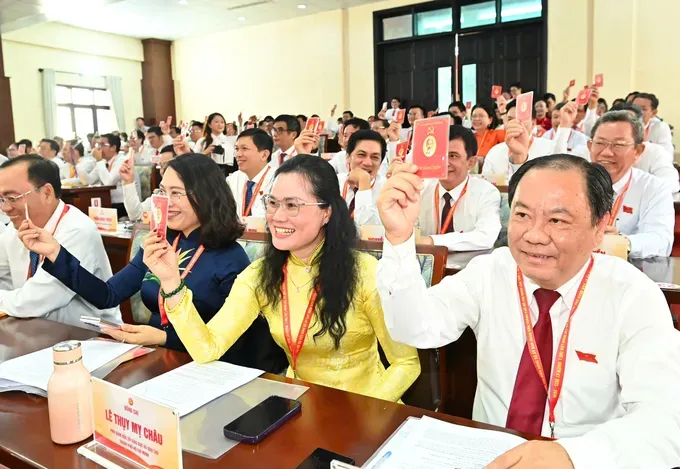
Accordingly, the Ho Chi Minh City People’s Committee Party Committee has set 28 key targets, along with three breakthrough programs focusing on science, technology and innovation; private sector development; and culture and sports.
In addition, five major projects have been outlined. These include the development of a high-quality, internationally standardized workforce; expanding Ho Chi Minh City’s urban railway system; establishing an international financial center in the city; constructing the Can Gio international transshipment port; and implementing a comprehensive plan to address air pollution in Ho Chi Minh City.
For the 2025–2030 term, the Ho Chi Minh City People’s Committee Party Committee has set 28 key targets, as follows.
Average annual GRDP growth of 10–11 percent, with per capita GRDP reaching approximately US$14,000–15,000 by 2030.
The digital economy is expected to account for 30–40 percent of GRDP.
Human Development Index (HDI) reaches above 0.8.
By 2030, the city aims to provide 35.1 hospital beds, 21 doctors, and 35 nurses per 10,000 residents.
By 2030, every resident is projected to undergo at least one health checkup per year.
By 2030, it is expected that 40 percent of kindergartens, 45 percent of primary schools, 50 percent of lower secondary schools, and 38.5 percent of upper secondary schools will meet national standards.
The proportion of land allocated to urban transportation infrastructure is targeted at 16–26 percent.
Urban wastewater collection is expected to exceed 80 percent, with over 45 percent treated to regulatory standards; more than 90 percent of household solid waste is projected to be recycled or processed using advanced technologies.
By the end of 2030, the city plans to add 199,400 new social housing units.
By the end of 2030, the city aims to complete the relocation of 50 percent of houses on and along urban canals, totaling around 20,000 units.
>>>Below are some photos captured by Sai Gon Giai Phong (SGGP) Newspaper’s reporter at the congress.
